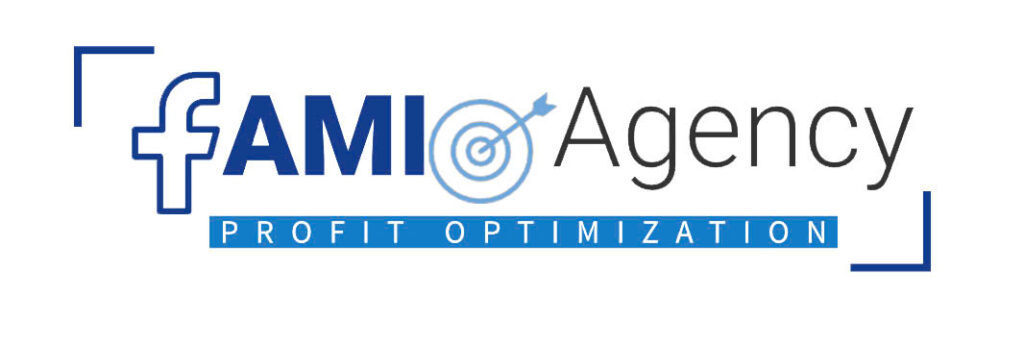When operating in niches like crypto, nutra, finance, or sweepstakes, survival often comes down to your tech stack. Cloaking high-risk verticals is a core tactic used by performance marketers to maintain traffic flow and revenue in the face of heavy restrictions.
What Are High-Risk Verticals?
High-risk verticals are niches frequently flagged by ad networks due to legal issues, user safety concerns, or high chargeback rates. These include:
-
Crypto and blockchain offers
-
Forex and high-yield investment programs
-
CBD and alternative health products
-
Sweepstakes, dating, and adult content
If you’re in any of these categories, cloaking is not optional—it’s fundamental.

Why You Need Cloaking in High-Risk Niches
Ad platforms like Google, Meta, and TikTok aggressively review and block high-risk campaigns. Without cloaking for high-risk verticals, your ads are unlikely to get approved or stay live long enough to be profitable.
Cloaking protects your accounts, boosts ad longevity, and increases your chance of scaling.
What Makes a Good Cloaking Setup?
In high-risk niches, standard cloaking won’t cut it. You need:
-
Machine learning-based detection
-
Real-time bot filtering
-
Multiple layers of redirection
-
Auto-rotation of domains and content
-
Integration with traffic sources and anti-detect browsers
Managing Risk with Smart Cloaking
Even with advanced tech, cloaking high-risk verticals requires caution. Test on burner accounts, use proxy IPs, and always monitor for flag patterns. Never run all traffic through a single setup—diversification is key.
Final Thoughts: Cloaking High-Risk Verticals Is a Long Game
Success in high-risk niches isn’t about hacking the system—it’s about mastering it. Cloaking high-risk verticals gives you the tools to navigate strict ad policies, keep your campaigns live, and scale profitably over time.


Open this in UX Builder to add and edit content